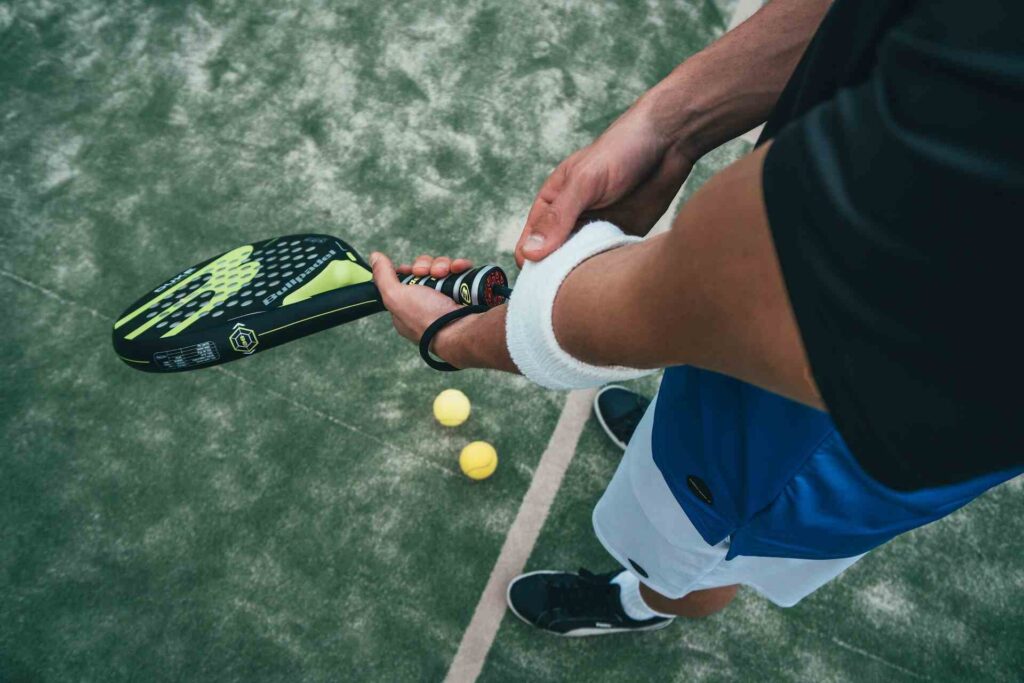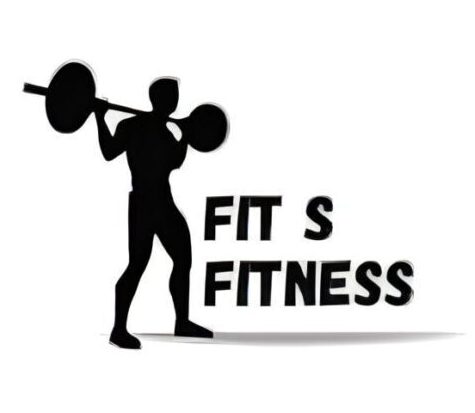Introduction
In the world of sports, athletes are constantly looking for ways to improve their performance and prevent injuries. One effective approach is to incorporate sports-specific exercise techniques into their training routines. These techniques focus on mimicking the movements and demands of the specific sport an athlete participates in, leading to enhanced performance and a reduced risk of injury. In this article, we will explore the benefits of sports-specific exercise techniques, understand the principles behind them, and discover how they can be incorporated into your training routine. So, let’s dive in and take your athletic performance to the next level!
Benefits of Sports-Specific Exercise Techniques
Sports-specific exercise techniques offer several benefits for athletes:
- Improved Performance: By targeting the specific movements and skills required in your sport, sports-specific exercises can enhance your performance in areas such as speed, agility, endurance, and power.
- Enhanced Skill Development: Sports-specific exercises help athletes refine their technique and develop the specific skills needed to excel in their sport. This includes improving coordination, balance, and proprioception.
- Injury Prevention: By focusing on the demands of your sport, sports-specific exercises can help identify and correct muscle imbalances, weaknesses, and movement patterns that may increase the risk of injuries.
- Mental Preparation: Sports-specific exercises not only train the body but also help athletes mentally prepare for the challenges they may face during competitions. This includes enhancing focus, concentration, and decision-making abilities.

Understanding Sports-Specific Training
Sports-specific training involves designing exercise programs tailored to the specific requirements and demands of a particular sport. This type of training goes beyond general fitness and incorporates movements, skills, and energy systems that closely mimic those utilized in the sport. The goal is to optimize performance and reduce the risk of injuries by preparing the body and mind for the specific challenges encountered during competitions.
Key Principles of Sports-Specific Exercise Techniques
To effectively implement sports-specific exercise techniques, it is essential to consider the following principles:
- Specificity: Exercises should closely resemble the movements, energy systems, and skill requirements of the sport. This ensures that the body adapts to the specific demands encountered during competitions.
- Progression: Training should gradually increase in intensity, volume, and complexity to allow for adaptation and improvement. This involves starting with foundational exercises and gradually progressing to sport-specific movements.
- Individualization: Athletes have unique strengths, weaknesses, and training needs. Sports-specific exercise techniques should be tailored to the individual athlete’s goals, capabilities, and injury history.
- Periodization: Training should be organized into different phases to optimize performance and prevent overtraining. This includes preparatory, competition, and recovery phases, with each phase focusing on specific goals and priorities.
Enhancing Performance with Sports-Specific Exercises
Sports-specific exercises can significantly enhance athletic performance. Here are some ways these exercises can improve specific aspects of performance:
- Speed and Agility: Incorporating drills that mimic the quick changes of direction, acceleration, and deceleration required in your sport can improve speed and agility.
- Endurance: Training with exercises that simulate the duration and intensity of your sport can enhance cardiovascular fitness and endurance.
- Power and Explosiveness: Utilizing explosive exercises, such as plyometrics and Olympic lifts, can improve power output and explosiveness, crucial for sports involving jumping, throwing, or rapid acceleration.
- Sport-Specific Skills: Practicing sport-specific skills through drills and simulations can refine technique, improve coordination, and enhance decision-making abilities.
Preventing Injuries through Sports-Specific Training
Injuries are a common concern for athletes, but sports-specific training can help reduce the risk of injuries. Here’s how:
- Muscle Imbalances: Sports-specific exercises can target specific muscle groups and movements that may be underdeveloped or imbalanced. This helps correct muscle imbalances, reducing the risk of overuse injuries.
- Joint Stability: Integrating exercises that challenge joint stability and mobility can improve proprioception and strengthen the muscles surrounding the joints, reducing the risk of sprains and strains.
- Movement Patterns: Sports-specific exercises focus on proper movement patterns, teaching athletes to move efficiently and safely. This reduces the risk of biomechanical errors that can lead to injuries.
- Injury Prevention Programs: Implementing targeted injury prevention exercises, such as strengthening the core, improving balance, and incorporating dynamic warm-up routines, can further reduce the risk of injuries.
Incorporating Sports-Specific Exercises into Your Routine
To incorporate sports-specific exercises into your training routine, consider the following steps:
- Assess Your Sport’s Demands: Identify the specific movements, skills, and energy systems required in your sport. This will guide the selection of exercises.
- Consult a Professional: Seek guidance from a qualified coach, trainer, or physical therapist who can design a sports-specific training program tailored to your needs and goals.
- Gradually Introduce Sports-Specific Exercises: Start with foundational exercises that address general athleticism and gradually progress to sport-specific movements and drills.
- Balance Training: While sports-specific exercises are essential, it is crucial to maintain a balance between them and other components of training, such as strength training, flexibility, and recovery.

Common Sports-Specific Exercise Techniques
Sports-specific exercise techniques vary depending on the sport. Here are a few examples:
- Soccer: cone drills, ladder drills, agility ladder work, and sport-specific ball control exercises can enhance speed, agility, and ball handling skills.
- Basketball: Jumping exercises, agility ladder drills, shooting drills, and sport-specific footwork exercises can improve vertical jump, quickness, shooting accuracy, and overall basketball skills.
- Swimming: Interval training, stroke-specific drills, and dryland exercises targeting core stability and shoulder strength can enhance swimming technique, endurance, and power.
- Tennis: Footwork drills, agility ladder exercises, medicine ball throws, and sport-specific racket drills can improve speed, agility, hand-eye coordination, and stroke power.
Conclusion
Sports-specific exercise techniques offer athletes a powerful tool to enhance their performance and reduce the risk of injuries. By incorporating exercises that mimic the movements, skills, and energy systems required in their sport, athletes can optimize their performance and develop the specific attributes needed for success. Remember to consider the principles of specificity, progression, individualization, and periodization when designing your sports-specific training program. With dedication, proper guidance, and consistent practice, sports-specific exercise techniques can take your athletic abilities to new heights. So, lace up your shoes, grab your equipment, and embrace the world of sports-specific training for improved performance and injury prevention!




